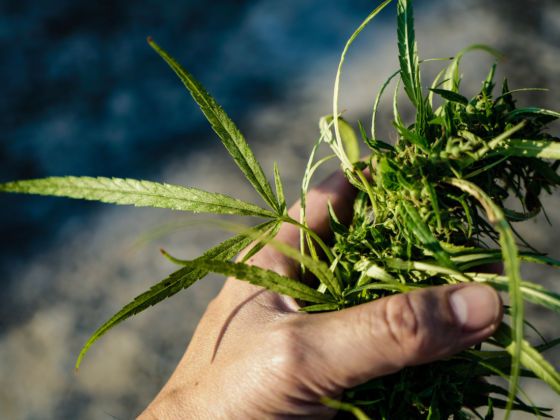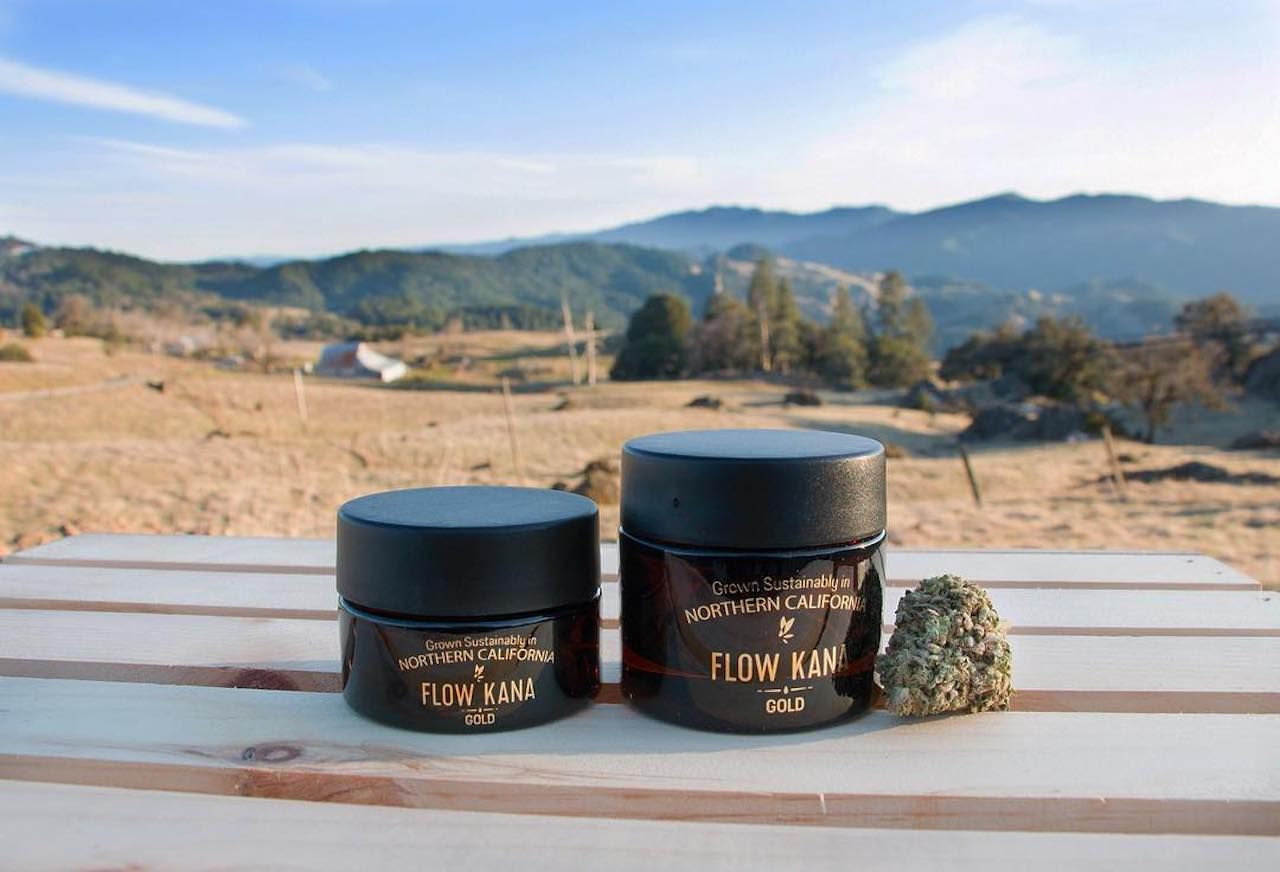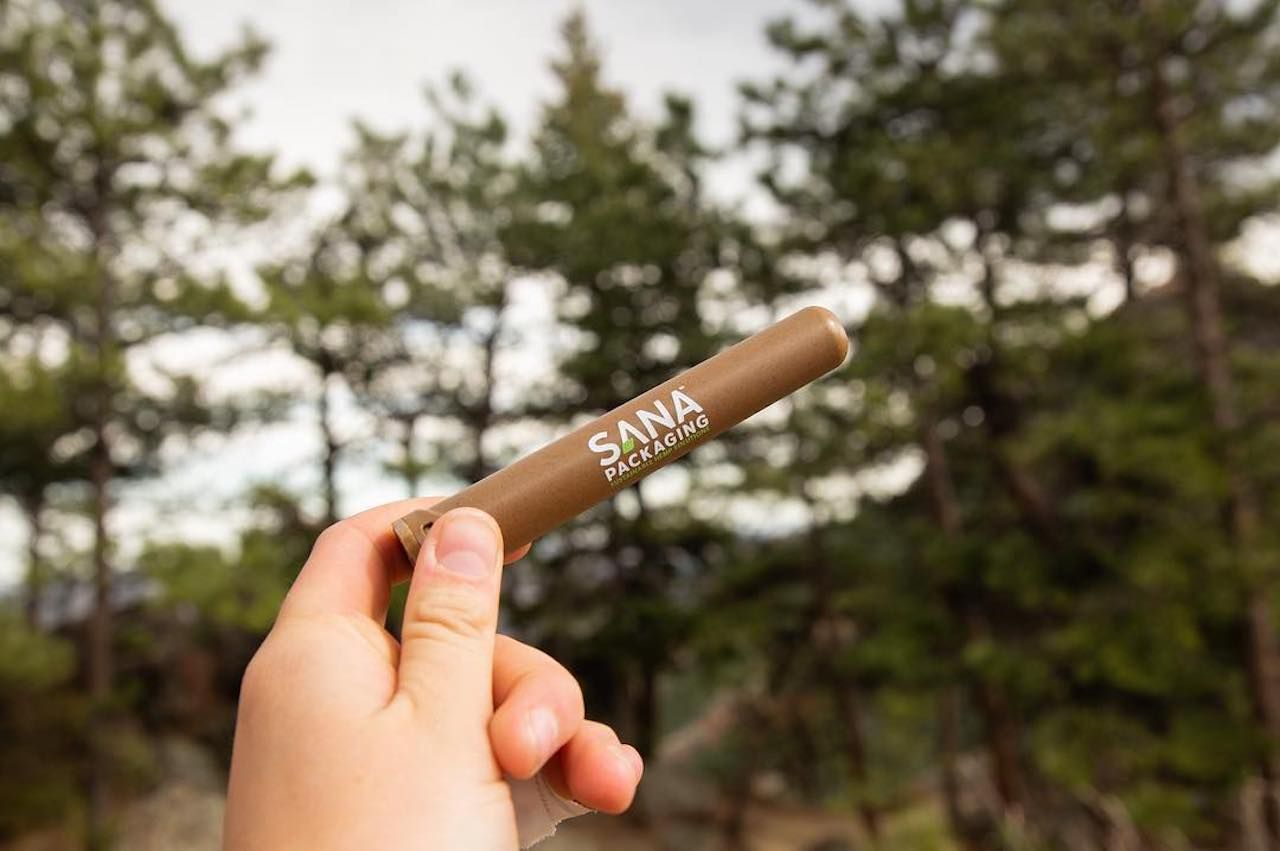In the cannabis space, sustainability is an exercise in paradoxes.
Despite a general ethos of respecting the environment among growers, cannabis is a taxing crop due to the plant’s high demand for resources like water and electricity. The industry is coming of age at a time when environmental scrutiny is playing an unprecedented role in consumerism, making it subject to the demands of an increasingly eco-conscious public. That public, however, is largely undereducated in sustainable practices.


